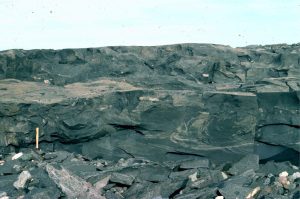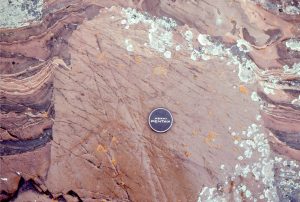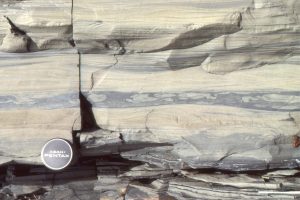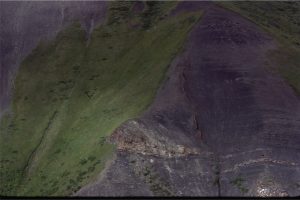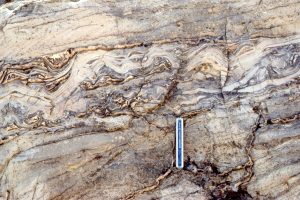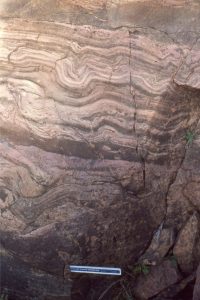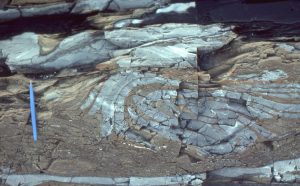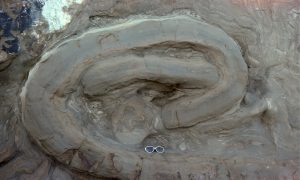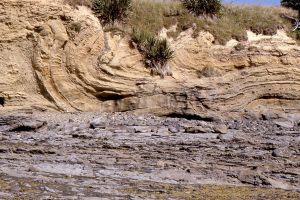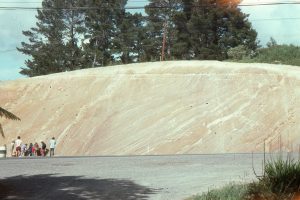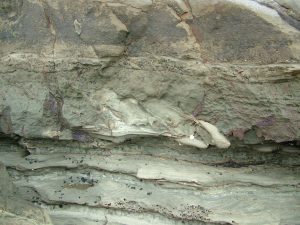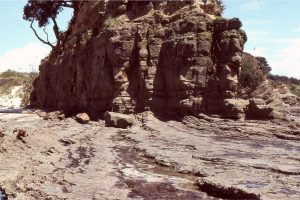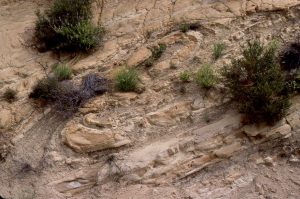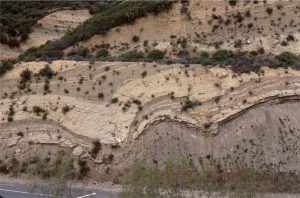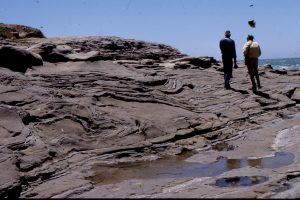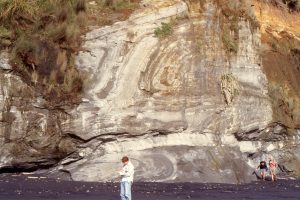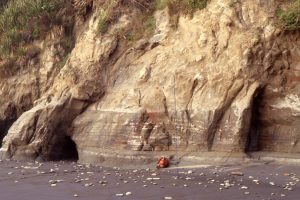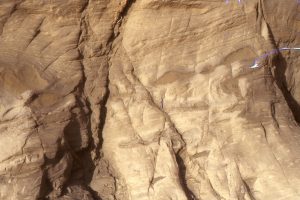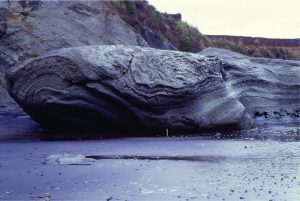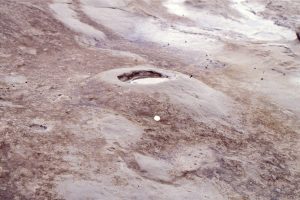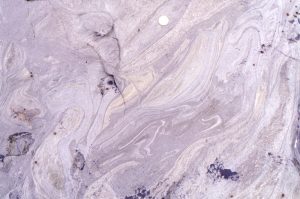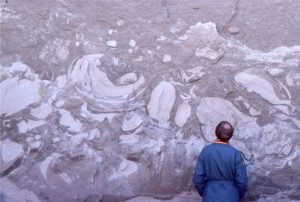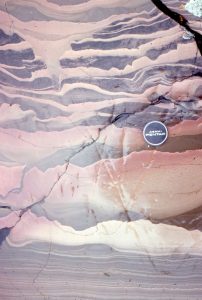
Soft sediment deformation
Deformation of sediment while it is soft or semi-consolidated, is common. The rock record is replete with folded and slumped strata, strata that slid in coherent packages, strata that lose their coherence during liquefaction or fluidization, displacement by faults where soft or plastic sediment seemingly acts like its brittle rock counterparts, or dyke-like injections where sediment is locally overpressured.
The term syn-sedimentary tends to be used rather loosely, as deformation that takes place during or soon after deposition; the ‘soon’ is the loose part of this broad definition. Sediment begins to compact almost immediately following deposition, where framework grains begin to move closer together. Interstitial water is expelled, and this process in itself can deform the sediment. Water expulsion in compacting deeper strata can also increase local pore pressures that in turn reduce sediment shear strength. Other common triggers are gravitational instability and seismic tremors. Coastal storm surges can also produce instability in sea floor sediments caused by rapid fluctuations in pore pressure.
There are several examples of soft- or syn-sedimentary deformed structures in the Atlas of submarine fans (not duplicated here).
